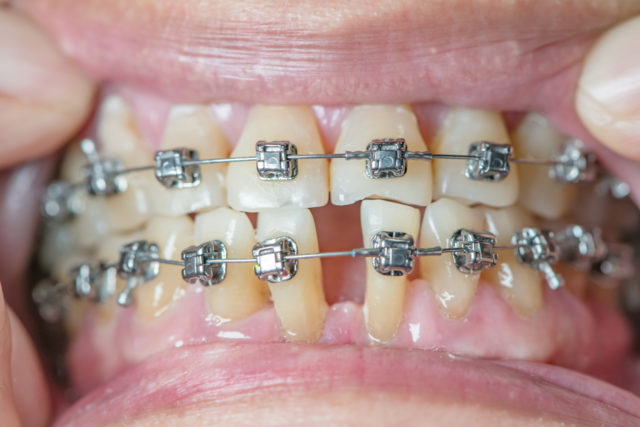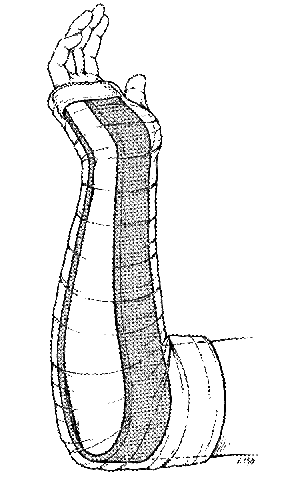Gums Swollen In One Spot
Swollen gums can be a painful and concerning issue, especially when it’s localized to one particular spot. This condition is often referred to as localized gingival enlargement. To understand why this happens and what can be done about it, let’s delve into the possible causes, symptoms, and treatment options.
Causes of Swollen Gums in One Spot
There are several reasons why your gums might become swollen in just one area. Here are some of the most common causes:
Plaque and Tartar Buildup: Poor dental hygiene can lead to the accumulation of plaque and tartar on the teeth, both above and below the gum line. When bacteria in the plaque and tartar are not removed regularly, they can cause inflammation and infection of the gums, leading to swelling.
Gingivitis: This is an early stage of gum disease that can cause redness, swelling, and bleeding of the gums. It’s reversible with good oral hygiene, but if left untreated, it can progress to a more severe condition known as periodontitis.
Food Particles or Objects Lodged Between Teeth and Gums: Sometimes, food particles can get stuck between your teeth and gums, or an object like a fragment of a toothpick might accidentally be lodged there. This can irritate the gum and cause it to swell.
Dental Work or Procedures: After dental procedures such as tooth extractions, dental implants, or even routine cleanings, your gums might feel swollen, especially if the procedure was in a specific area.
Abscess: A gum abscess, also known as a periodontal abscess, is a painful condition where a pocket of pus forms in the tissues of the gum. This can happen due to a bacterial infection and can cause localized swelling.
Hormonal Changes: Changes in hormone levels during pregnancy, puberty, menopause, or menstruation can affect the gums, making them more sensitive and prone to swelling.
Nutritional Deficiencies: Lack of essential nutrients, such as vitamin C, can affect the health of your gums and make them more susceptible to swelling.
Smoking and Tobacco Use: Smoking and using tobacco products can significantly increase the risk of gum disease, which includes symptoms like swelling.
Symptoms
The symptoms of swollen gums in one spot can vary but typically include:
- Pain or tenderness in the affected area
- Swelling that may be tender to the touch
- Redness of the gums in the affected area
- Bleeding when brushing or flossing
- Bad breath that doesn’t improve with regular oral hygiene
- Pus or discharge, especially if there’s an abscess
Treatment Options
The treatment for swollen gums in one spot largely depends on the underlying cause. Here are some general approaches:
Professional Dental Cleaning: Regular dental cleanings can help remove plaque and tartar and prevent further irritation.
Antibiotics: If the swelling is due to a bacterial infection, your dentist might prescribe antibiotics.
Improving Oral Hygiene: Proper brushing and flossing techniques can help prevent plaque and tartar buildup. Your dentist may recommend a soft-bristled toothbrush and a gentle toothpaste.
Desensitizing Toothpaste: If the swelling is causing sensitivity, switching to a desensitizing toothpaste might help.
Surgical Intervention: In cases of abscesses or severe gum disease, surgical procedures might be necessary to drain the abscess or to repair damaged gum tissue.
Quit Smoking: Quitting smoking and avoiding tobacco products can significantly improve gum health.
Prevention
Preventing swollen gums involves maintaining good oral hygiene, including:
- Brushing your teeth at least twice a day with a fluoride toothpaste
- Flossing once a day to remove food particles and plaque
- Regularly scheduling dental check-ups and cleanings
- Avoiding sugary and acidic foods and drinks that can contribute to tooth decay and gum disease
- Quitting tobacco and smoking
By understanding the causes and taking proactive steps towards prevention and treatment, you can reduce the risk of swollen gums and maintain healthy, strong teeth and gums.
What are the first signs of swollen gums in one spot?
+The first signs often include pain or tenderness in a specific area of the gum, redness, swelling, and possibly bleeding when brushing or flossing. Bad breath that persists despite regular oral hygiene could also be an indicator.
Can swollen gums be a sign of a more serious condition?
+Yes, swollen gums can be a sign of more serious conditions like gum disease (gingivitis or periodontitis), which can lead to tooth loss if not treated properly. An abscess is another serious condition that requires immediate dental attention.
How can I prevent swollen gums in the future?
+Prevention involves maintaining good oral hygiene practices like regular brushing and flossing, scheduling regular dental check-ups, avoiding tobacco and smoking, and eating a balanced diet that is low in sugars and acids.
In conclusion, swollen gums in one spot can be a source of discomfort and concern, but with the right understanding of the causes and proper treatment, it’s possible to alleviate the symptoms and prevent future occurrences. If you’re experiencing swollen gums, it’s essential to consult a dental professional for an accurate diagnosis and appropriate treatment plan.


